As privacy initiatives reshape the industry and consumer behavior becomes increasingly complex, marketers are faced with new challenges in measuring the effectiveness of their campaigns. Traditional metrics, long considered the gold standard, are becoming less reliable in this new environment. Enter attention metrics: a new approach promising to bring us closer to understanding how consumers truly engage with advertising and how it influences their buying behavior.
In this comprehensive guide, we'll dive deep into the world of attention metrics, exploring how they differ from traditional metrics, why they matter for your advertising strategy, and how you can leverage them to drive better results.
The Shifting Landscape of Digital Advertising Measurement
For years, advertisers have relied on a set of well-established metrics to gauge the success of their campaigns. Impressions, click-through rates (CTR), viewability, reach, and frequency have been the cornerstones of digital advertising measurement. These metrics provided a seemingly clear picture of how many people saw an ad, how often they interacted with it, and how widely it spread.
However, the digital advertising world is undergoing a fundamental transformation. The impending death of third-party cookies, increased focus on user privacy, and the growing complexity of the user journey across multiple devices and platforms have all contributed to making these traditional metrics less reliable and less insightful.
As we move towards a cookie-less world, accurately measuring reach and frequency - long considered cornerstone metrics - will become significantly more challenging. This shift has led advertisers to seek new ways to understand the impact of their campaigns, pushing the industry towards metrics that provide deeper insights into how consumers actually engage with ads.

Clarifying the Context: Brand Awareness vs. Performance Marketing
Before we delve deeper into attention metrics, it's crucial to clarify the context in which these metrics are most relevant. The shift towards attention metrics is primarily focused on brand awareness advertising, where the goal is to create lasting impressions and build long-term brand value.
For performance marketing campaigns, where the primary objective is to drive immediate actions like conversions or sales, traditional metrics remain highly relevant. In these cases, key performance indicators (KPIs) such as conversions, revenue, and Return on Ad Spend (ROAS) continue to be the most important measures of success.
Attention metrics offer valuable insights for brand-building efforts, helping marketers understand how effectively their ads capture and hold consumer attention. However, for direct response or performance-driven campaigns, the link between attention and desired outcomes (like purchases) may be less direct.
As we explore attention metrics in this post, keep in mind that they are most applicable to brand awareness campaigns and upper-funnel marketing activities. For performance marketing, while attention metrics can provide supplementary insights, they should be considered alongside - not in place of - conversion-focused metrics.
Traditional Metrics: The Old Guard
Before we dive into the world of attention metrics, let's take a closer look at the traditional metrics that have long been the standard in digital advertising:
1. Impressions:
Definition: The number of times an ad is displayed, regardless of whether it was clicked or even seen.
✅ Pros: Easy to measure, provides a broad view of potential reach.
❌ Cons: Doesn't indicate actual engagement or attention.
2. Click-Through Rate (CTR):
Definition: The percentage of people who click on an ad after seeing it.
✅ Pros: Indicates initial interest in the ad content.
Cons: Doesn't measure post-click engagement or eventual conversion.
3. Viewability:
Definition: Whether an ad had the opportunity to be seen (typically defined as 50% of pixels in view for at least one second for display ads, and two seconds for video ads).
✅ Pros: Ensures ads have the potential to make an impact.
❌ Cons: Doesn't guarantee actual attention or engagement.
4. Reach:
Definition: The number of unique users who saw an ad.
✅ Pros: Helps understand the spread of a campaign.
❌ Cons: Difficult to measure accurately in a cookie-less world.
5. Frequency:
Definition: How often a user sees an ad.
✅ Pros: Helps control exposure and manage ad fatigue.
❌ Cons: Like reach, it's becoming harder to measure accurately.
While these metrics have served the industry well, they have significant limitations. They tell us if an ad was served or clicked, but not much about how it was received or if it made a lasting impact. As privacy changes make some of these metrics harder to track accurately, the industry is looking for alternatives that provide deeper insights into ad effectiveness.
Attention Metrics: The New Frontier
Attention metrics aim to measure not just whether an ad was seen, but how it was engaged with. They bring us closer to understanding whether campaigns truly influence buying behavior. According to Angelina Eng, vice president of measurement, addressability, and data center at the Interactive Advertising Bureau (IAB), there are three main approaches to measuring attention:
1. Biometric Data
Biometric data includes neurological-physiological tracking or scanning, facial recognition, brain waves, heart rate, blood pressure, and more. These methods require specialized devices for data collection and can measure attention at a much deeper level than other types of data.
Pros:
- Provides deep insights into physiological responses to ads
- Can measure subconscious reactions
- Offers a more objective measure of engagement compared to self-reported data
Cons:
- Presents privacy risks, especially in states with strict data privacy laws
- Often relies on small, opt-in panels which may not be representative of the broader population
- Challenging to scale to large audiences
- Can be expensive to implement
Examples of biometric attention metrics:
- Eye tracking: Measures where a viewer's gaze is focused and for how long
- Facial expression analysis: Detects emotional responses to ad content
- Heart rate variability: Can indicate levels of engagement or stress in response to ads

2. Data Signals
These are signals sent either directly from the publisher or captured by a device. They provide insights into user behavior without the need for specialized equipment.
Common data signals include:
- Dwell time: How long a user spends looking at an ad
- Scroll speed: How quickly a user scrolls past an ad
- Cursor location: Where a user's cursor hovers on a page
- Completion rates: For video ads, how much of the ad was watched
- Active view time: The amount of time an ad was viewable and in an active browser tab
Pros:
- Can be collected at scale across large audiences
- Provides insights into user behavior in real-world conditions
- Generally less invasive than biometric data collection
Cons:
- Lack of standardization across platforms makes comparison difficult
- Challenging to track consistently across different mediums (e.g., desktop vs. mobile)
- Interpretation can vary based on how data is weighted in machine-learning models
3. Cognitive and Emotional Data
This type of data considers if an ad has affected a user's mindset or impacted brand consideration. It aims to measure the psychological impact of advertising.
It can be collected through:
- Customer feedback surveys
- Brand lift studies (measuring brand consideration, awareness, and sentiment)
- Biometric methods (when used to infer emotional states)
Pros:
- Provides insights into the psychological impact of ads
- Can measure long-term effects on brand perception
- Helps understand the emotional resonance of ad content
Cons:
- Often relies on self-reported data, which can be unreliable
- Challenging to connect directly to specific ad exposures
- May be influenced by factors outside the ad itself
Examples of cognitive and emotional metrics:
- Brand recall: Can a viewer remember the brand after seeing the ad?
- Purchase intent: Has the ad increased the likelihood of a purchase?
- Emotional response: What emotions did the ad evoke?

Why Attention Metrics Matter
Attention metrics are gaining popularity for several compelling reasons:
1. Deeper Insights:
They provide a more nuanced understanding of how consumers interact with ads, going beyond simple exposure or clicks. This allows advertisers to create more engaging and effective content.
2. Alignment with Outcomes:
The assumption is that attention metrics more closely align with the outcomes advertisers are trying to achieve, such as influencing buying behavior or building brand awareness.
3. Privacy-Friendly:
As third-party cookies become obsolete, attention metrics offer an alternative way to measure ad effectiveness without relying on individual user tracking across sites.
4. Quality Over Quantity:
They shift the focus from how many times an ad was served to how effectively it captured and held attention, potentially leading to more efficient ad spend.
5. Cross-Channel Applicability:
Attention metrics can potentially provide a more consistent way to measure ad effectiveness across different channels and formats, from display ads to video content.
6. Ad Fraud Mitigation:
By focusing on actual engagement rather than just impressions, attention metrics can help advertisers ensure they're paying for genuine interactions, not fraudulent bot activity.
7. Improved User Experience:
Understanding what captures and holds attention can lead to the creation of more relevant and engaging ad experiences for consumers.
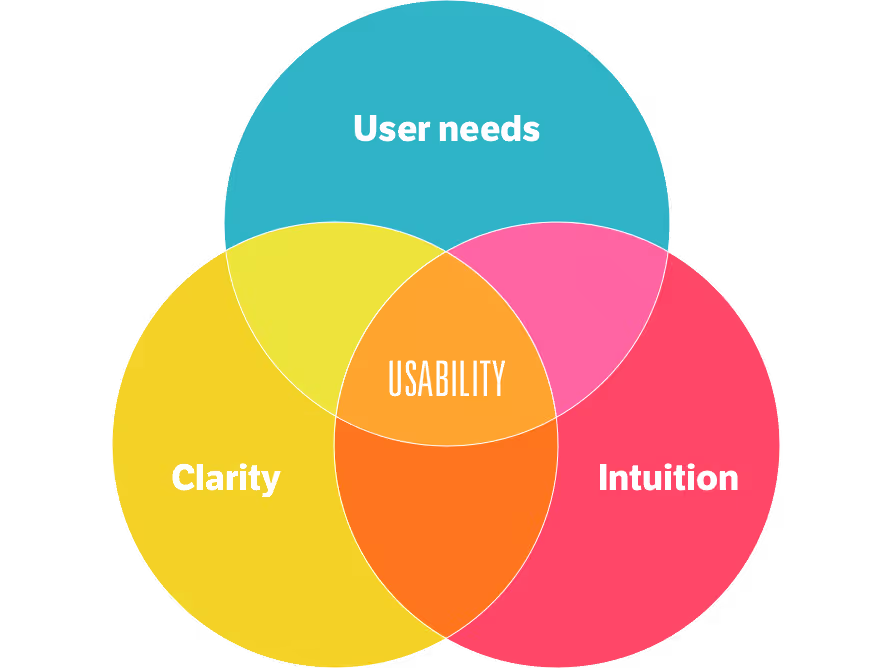
The Growing Importance of Attention Metrics
The shift towards attention metrics is not just a passing trend. According to a November 2022 survey from the Interactive Advertising Bureau (IAB), over one-third (36%) of US buy-side ad decision-makers said they would focus somewhat or significantly more on attention metrics in 2023.
This increased focus is driven by several factors:
1. Privacy Regulations:
As data privacy laws become stricter globally, traditional methods of tracking user behavior across the web are becoming less viable. Attention metrics offer a way to measure ad effectiveness without relying on personal data.
2. Changing Consumer Behavior:
With the proliferation of content and ads across multiple devices and platforms, understanding what actually captures and holds consumer attention is more crucial than ever.
3. Ad Fraud Concerns:
Attention metrics can help advertisers ensure they're paying for genuine engagement, not just impressions that may be generated by bots or other fraudulent means.
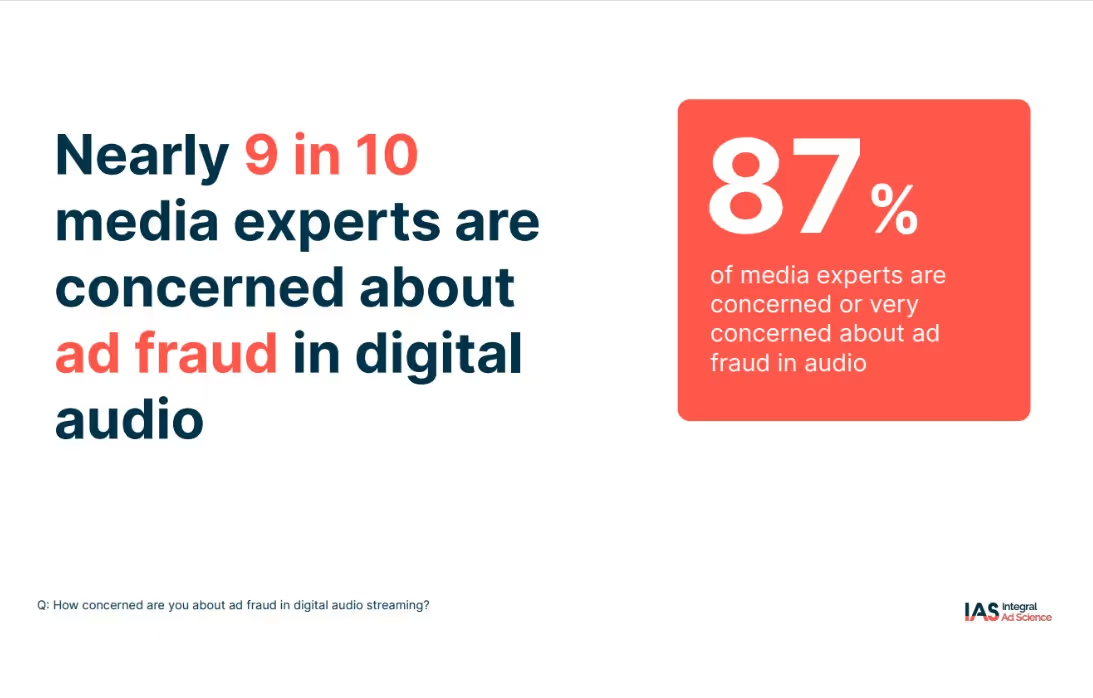
4. ROI Pressure:
Advertisers are under increasing pressure to demonstrate the value of their ad spend. Attention metrics promise to provide a more accurate picture of ad effectiveness, helping justify marketing budgets.
5. Media Fragmentation:
As consumers spread their attention across more channels and devices, understanding how to capture attention effectively becomes increasingly important.
6. Content Saturation:
In a world where consumers are bombarded with content, attention has become a scarce and valuable resource. Metrics that measure it directly are therefore increasingly valuable.
Challenges in Adopting Attention Metrics
While attention metrics offer promising insights, their adoption is not without significant challenges:
1. Lack of Standardization:
Currently, there's no industry-wide standard for attention metrics. Different platforms and vendors may use different definitions and methodologies, making it difficult to compare performance across campaigns or channels.
2. Privacy Concerns:
Some methods of collecting attention data, particularly biometric data, raise significant privacy concerns. This is especially problematic in regions with strict data privacy laws, such as the European Union with GDPR or California with CCPA.
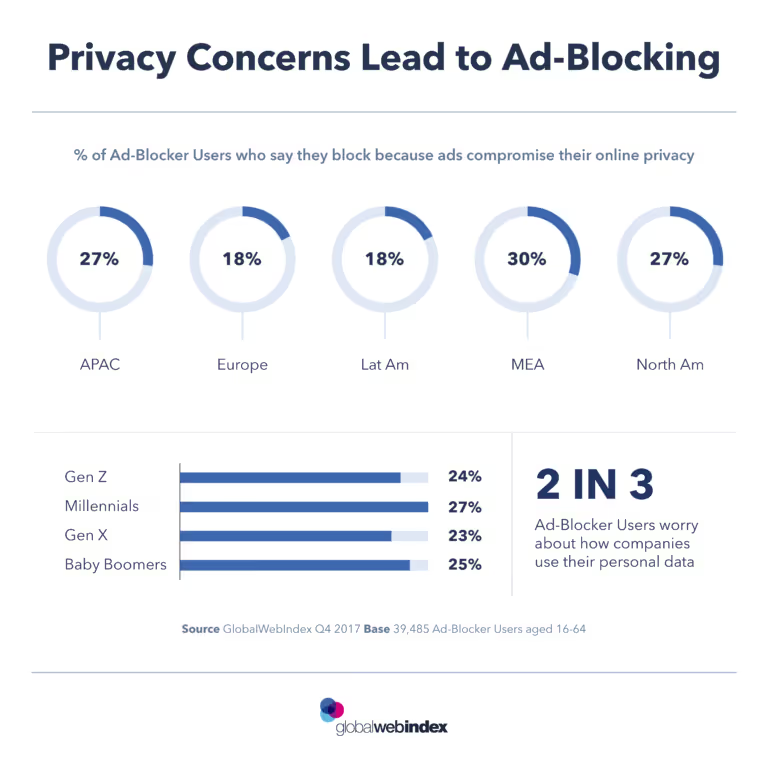
3. Scalability Issues:
Methods that provide the deepest insights, like biometric data collection, are often difficult to scale to a representative sample size. This can limit their applicability for large-scale campaigns.
4. Interpretation Complexities:
With multiple ways to measure and interpret attention, it can be challenging to draw clear, actionable insights from the data. This requires new skills and expertise within marketing teams.
5. Integration with Existing Systems:
Many advertisers have built their processes and strategies around traditional metrics. Shifting to attention metrics may require significant changes to existing systems, reporting structures, and even organizational mindsets.
6. Channel Differences:
Attention metrics may vary significantly across different advertising channels (e.g., social media vs. connected TV), making it challenging to create a unified measurement approach across a multi-channel campaign.
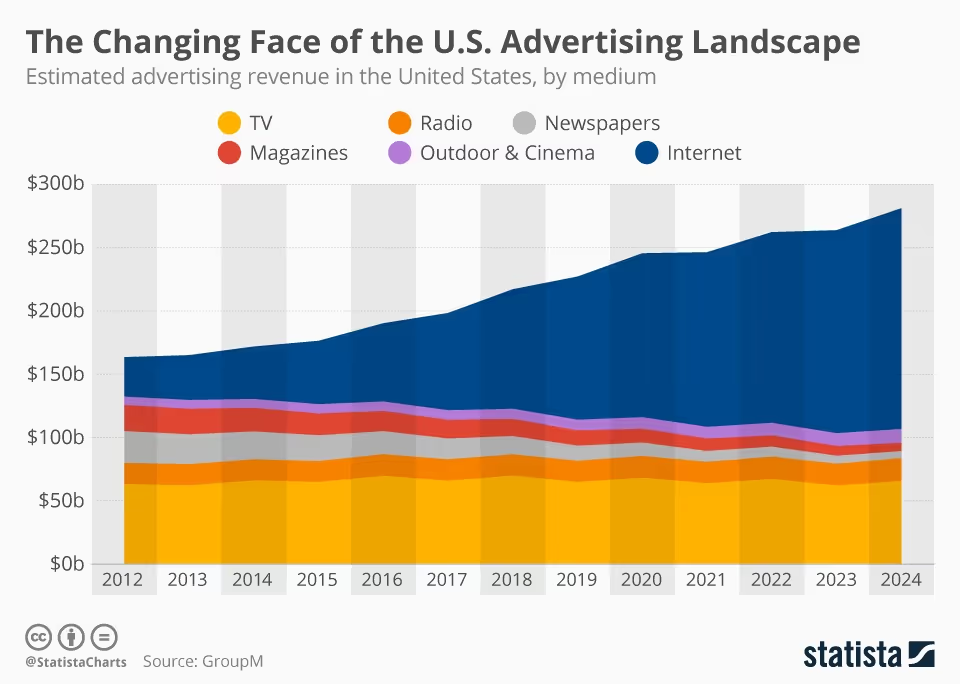
7. Cost Considerations:
Implementing new measurement technologies and methodologies can be expensive, potentially putting them out of reach for smaller advertisers.
8. Proving ROI:
While attention metrics promise to provide deeper insights, translating these insights into clear ROI measurements can be challenging, especially in the short term.
Implementing Attention Metrics in Your Advertising Strategy
Despite these challenges, the potential benefits of attention metrics make them worth exploring. Here are some strategies for incorporating attention metrics into your advertising approach:
1. Start Small:
Begin by monitoring attention metrics alongside your traditional metrics. This allows you to compare and contrast the insights they provide without immediately overhauling your entire measurement strategy.
2. Test and Learn:
Experiment with optimizing campaigns for specific attention metrics and compare the results to your traditional optimization approaches. This can help you understand which attention metrics are most relevant for your specific goals.
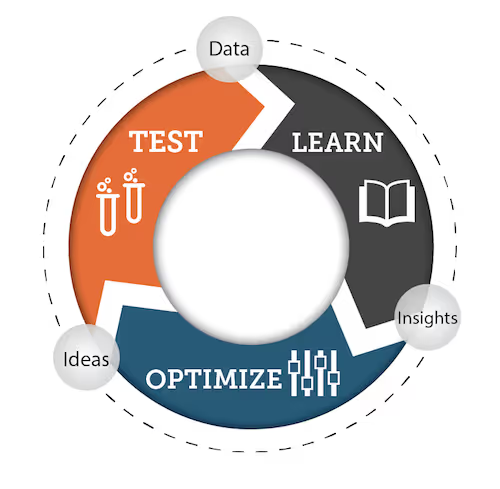
3. Choose Metrics
Wisely focus on attention metrics that align most closely with your campaign objectives. For brand awareness campaigns, metrics like dwell time might be most relevant, while for direct response campaigns, you might focus on interaction rates.
4. Invest in Analytics:
Upgrade your analytics capabilities to effectively capture and interpret attention data. This might involve new tools, technologies, or partnerships with specialized vendors.
5. Collaborate with Partners:
Work closely with your advertising platforms and measurement partners to understand what attention metrics they offer and how to best leverage them. Many major platforms are developing their own attention measurement capabilities.
6. Consider Privacy:
As you implement attention metrics, be mindful of privacy concerns. Prioritize methods that respect user privacy and comply with data protection regulations. Be transparent with your audience about how you're measuring engagement.
7. Educate Your Team:
Ensure your marketing team understands the value and interpretation of attention metrics. This might involve training sessions or bringing in external experts to build internal capabilities.
8. Look for Standardization Efforts:
Stay informed about industry efforts to standardize attention metrics, and be prepared to adapt your approach as standards emerge. Organizations like the IAB are working towards creating common frameworks for attention measurement.
9. Combine with Traditional Metrics:
Don't completely abandon traditional metrics. Instead, look for ways to combine attention metrics with traditional measures for a more comprehensive view of ad performance.
10. Focus on Actionable Insights:
Don't just collect data for the sake of it. Focus on deriving actionable insights from attention metrics that can inform your creative strategies, media buying, and overall marketing approach.
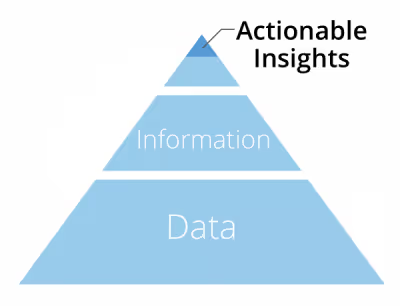
The Future of Advertising Measurement
As we look to the future, it's clear that attention metrics will play an increasingly important role in advertising measurement. Here are some trends to watch:
1. Increased Sophistication:
We can expect to see the development of more advanced attention metrics, potentially incorporating AI and machine learning for deeper insights. These might include more nuanced measures of emotional engagement or predictive models of consumer behavior based on attention patterns.
2. Cross-Channel Measurement:
As consumers interact with brands across multiple channels, attention metrics will likely evolve to provide a more holistic view of the customer journey. This could involve unified attention scores that track engagement across digital ads, physical stores, and other touchpoints.
3. Integration with Traditional Metrics:
Rather than completely replacing traditional metrics, we're likely to see a hybrid approach that combines the strengths of both attention and traditional metrics. This could lead to new, composite metrics that provide a more comprehensive view of ad effectiveness.
4. Privacy-First Solutions:
As privacy concerns continue to shape the industry, we'll likely see the development of attention measurement techniques that prioritize user privacy. This might involve aggregated or anonymized data collection methods that still provide valuable insights without compromising individual privacy.
5. Standardization Efforts:
Industry bodies are likely to work towards standardizing attention metrics, making them easier to adopt and compare across platforms. This could lead to the emergence of attention-based currencies for media buying, similar to how impressions are used today.
6. Real-Time Optimization:
Advances in technology may allow for real-time measurement and optimization of ads based on attention metrics. This could enable dynamic creative adjustments to maximize engagement as a campaign runs.
7. Integration with Marketing Attribution:
Attention metrics may become a key component of multi-touch attribution models, helping advertisers understand the role of engagement in driving conversions across the customer journey.
8. Attention Economy Strategies:
As the concept of the "attention economy" gains traction, we may see the emergence of new strategies and business models built around capturing and monetizing consumer attention more effectively.
Conclusion: Embracing the Future of Ad Measurement
The shift from traditional metrics to attention metrics represents a significant evolution in how we measure advertising effectiveness. While traditional metrics still have their place, attention metrics offer a deeper, more nuanced understanding of how consumers interact with ads in an increasingly complex digital landscape.
As privacy changes continue to disrupt traditional measurement methods, attention metrics will become increasingly crucial for advertisers looking to understand and optimize their campaign performance. They offer the promise of more engaging ads, more efficient spending, and ultimately, better results for both advertisers and consumers.
However, it's important to approach this shift thoughtfully, considering the challenges and complexities involved. The adoption of attention metrics requires not just new technologies and methodologies, but also a shift in mindset. It means moving from a focus on quantity (how many people saw an ad) to quality (how effectively did the ad capture and hold attention).
As you move forward, consider how attention metrics can complement your existing measurement strategies. Start small, experiment, and gradually build your capabilities. Remember, the goal is not just to collect more data, but to gain actionable insights that drive real business results.
Ready to take your advertising measurement to the next level with attention metrics? At QRY, we're here to help you navigate this evolving landscape and unlock the full potential of your digital marketing efforts. Explore our resources and services to learn how we can support your journey towards more effective, attention-driven advertising. The future of advertising is here - are you ready to capture it?





